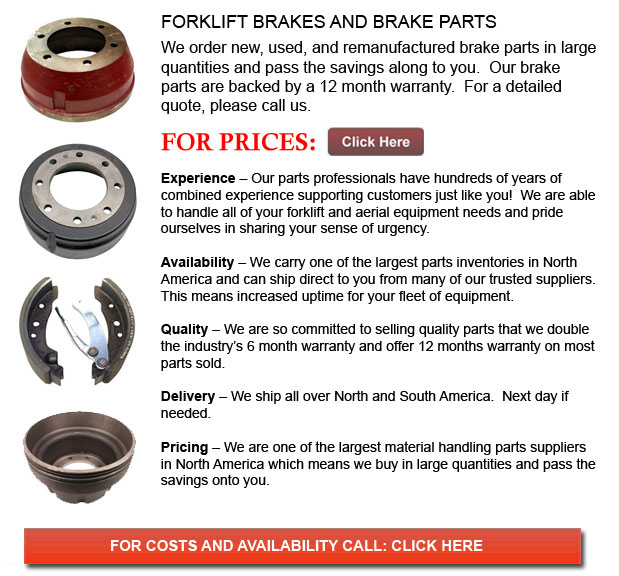
Forklift Brakes - A brake in which the friction is provided by a set of brake shoes or brake pads which press against a rotating drum shaped unit known as a brake drum. There are some particular differences among brake drum types. A "brake drum" is usually the definition provided whenever shoes press on the interior surface of the drum. A "clasp brake" is the term utilized so as to describe whenever shoes press against the exterior of the drum. One more type of brake, referred to as a "band brake" uses a flexible belt or band to wrap all-around the exterior of the drum. Where the drum is pinched in between two shoes, it can be referred to as a "pinch brake drum." Similar to a conventional disc brake, these types of brakes are somewhat uncommon.
Before 1955, early brake drums needed consistent adjustment regularly in order to compensate for shoe and drum wear. Long brake pedal or "Low pedal" travel is the hazardous outcome if modifications are not done satisfactorily. The vehicle could become hazardous and the brakes could become useless whenever low pedal is combined with brake fade.
There are a variety of Self Adjusting Brake Systems offered, and they could be categorized within two major kinds, RAI and RAD. RAI systems have built-in tools that avoid the systems to recover if the brake is overheating. The most popular RAI manufacturers are AP, Bendix, Lucas, and Bosch. The most well-known RAD systems include AP, Bendix, Ford recovery systems and Volkswagen, VAG.
The self adjusting brake will typically only engage whenever the vehicle is reversing into a stop. This method of stopping is satisfactory for use whereby all wheels utilize brake drums. Disc brakes are utilized on the front wheels of vehicles nowadays. By operating only in reverse it is less likely that the brakes will be applied while hot and the brake drums are expanded. If adapted while hot, "dragging brakes" could occur, which increases fuel intake and accelerates wear. A ratchet device that becomes engaged as the hand brake is set is one more way the self repositioning brakes could function. This means is only suitable in applications where rear brake drums are used. If the parking or emergency brake actuator lever goes over a certain amount of travel, the ratchet advances an adjuster screw and the brake shoes move toward the drum.
There is a manual adjustment knob situated at the base of the drum. It is typically adjusted via a hole on the other side of the wheel and this requires going beneath the forklift together with a flathead screwdriver. It is of utmost significance to move the click wheel properly and adjust each wheel equally. If unequal adjustment happens, the vehicle could pull to one side during heavy braking. The most effective way in order to ensure this tedious task is completed safely is to either lift each and every wheel off the ground and hand spin it while measuring how much force it takes and feeling if the shoes are dragging, or give each one the exact amount of clicks utilizing the hand and then do a road test.
![]() Click to Download the pdf
Click to Download the pdf
Forklift Parts
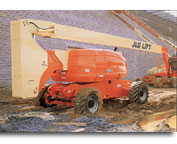
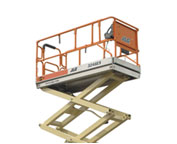
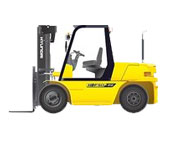
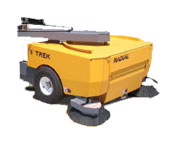
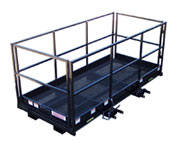


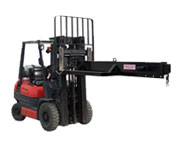
Lift Parts Express
TOLL FREE: 1-888-695-7994
LOCAL: 805.205.8093
716 N VENTURA RD 101
Oxnard, California
forkliftpartsoxnard.com
Email Us
About Us


